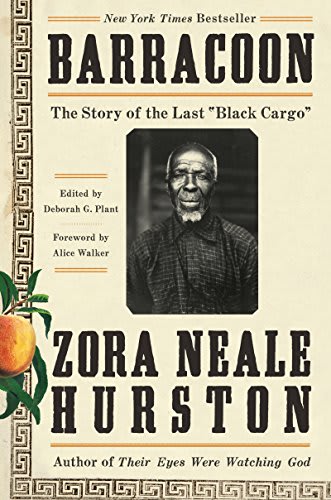
It’s been there the entire time.” But the mystery of where the ship was sunk and the process of how it was found again aren’t nearly as interesting to Brown’s film as the tension of who will get to benefit from the slave ship Clotilda’s recovery. As documentary subject and writer of the film Kern Jackson puts it, “The boat’s waiting to get raised up.

Offering insight into the pernicious legacy that continues to haunt us all, black and white, this poignant and powerful work is an invaluable contribution to our shared history and culture.On its surface, Margaret Brown’s “Descendant” is about the rediscovery of the wreck of the last slave ship to (illegally) arrive in the United States in July of 1860, less than a year before the start of the American Civil War.

During those weeks, the young writer and the elderly formerly enslaved man ate peaches and watermelon that grew in the backyard and talked about Cudjo’s past-memories from his childhood in Africa, the horrors of being captured and held in a barracoon for selection by American slavers, the harrowing experience of the Middle Passage packed with more than 100 other souls aboard the Clotilda, and the years he spent in slavery until the end of the Civil War.īased on those interviews, featuring Cudjo’s unique vernacular, and written from Hurston’s perspective with the compassion and singular style that have made her one of the preeminent American authors of the twentieth-century, Barracoon masterfully illustrates the tragedy of slavery and of one life forever defined by it. Spending more than three months there, she talked in depth with Cudjo about the details of his life. In 1931, Hurston returned to Plateau, the African-centric community three miles from Mobile founded by Cudjo and other former slaves from his ship. Hurston was there to record Cudjo’s firsthand account of the raid that led to his capture and bondage fifty years after the Atlantic slave trade was outlawed in the United States. Of the millions of men, women, and children transported from Africa to America as slaves, Cudjo was then the only person alive to tell the story of this integral part of the nation’s history.

In 1927, Zora Neale Hurston went to Plateau, Alabama, just outside Mobile, to interview eighty-six-year-old Cudjo Lewis.


 0 kommentar(er)
0 kommentar(er)
